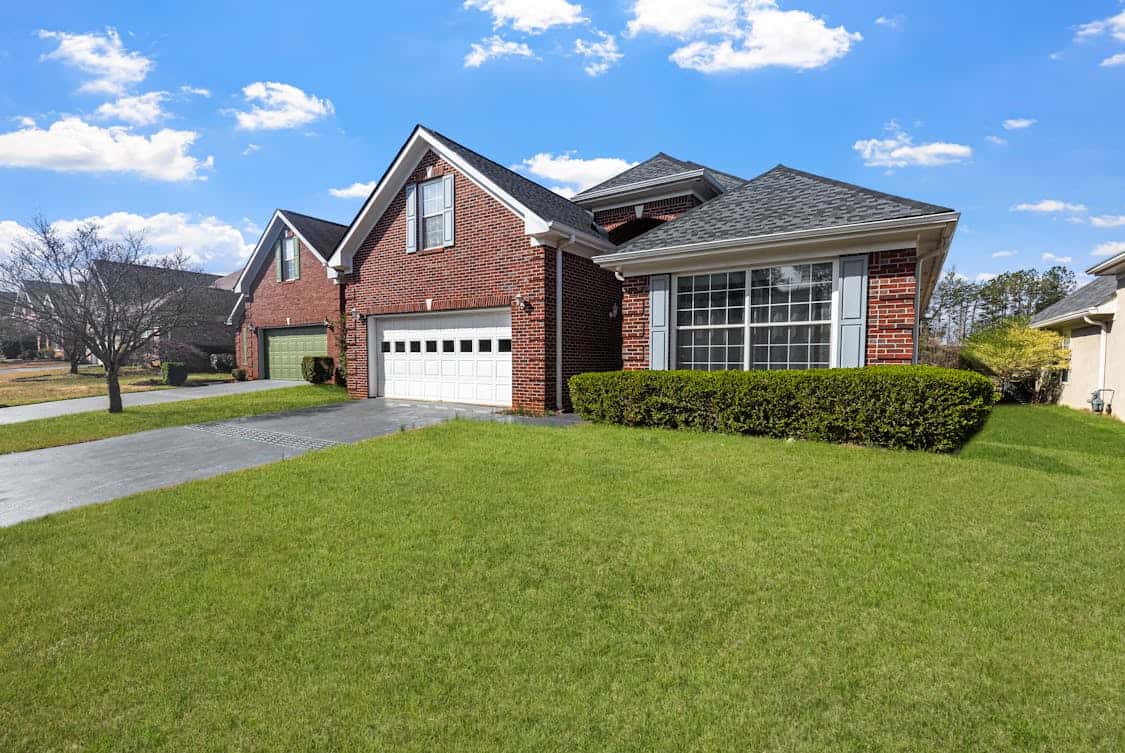How to Plan a Dream Home Construction Project the Smart Way

Building your dream home can be a thrilling experience filled with both excitement and challenges. Navigating through this complex process requires careful planning and a clear vision.
Let’s venture into the steps that can help make your construction project a success.
Defining Your Vision
The first step is to clearly articulate what your dream home looks like. Think about the number of bedrooms, bathrooms, and any special features like a home office or a gym.
Sketching out ideas or creating a mood board can help visualize your goals. Gather inspiration from various sources, such as magazines, websites, or even friends’ homes.
Setting a Budget
Once your vision is established, it’s time to discuss finances. Determine a realistic budget that covers not just construction costs but also permits, landscaping, and interior design.
Factor in a contingency fund for unexpected expenses. A well-planned budget can help you avoid nasty surprises down the line.
Researching and Selecting a Location

Choosing the right plot of land is a critical decision. Take into account factors like proximity to schools, hospitals, and shopping centers.
Investigate zoning laws and neighborhood regulations as they can affect your construction plans. Don’t rush this step; finding the perfect spot can set the stage for your dream home.
Engaging the Right Professionals
Hiring the right professionals can make all the difference in your construction journey. Consider working with an architect or a designer who understands your vision. A skilled contractor can help bring that vision to life, ensuring quality workmanship.
Get referrals and read reviews to find reputable individuals or firms. Working with established builders with strong trade relationships can also give you the advantage of smoother coordination, better pricing, and reliable access to quality materials.
Creating a Detailed Plan
A comprehensive construction plan outlines every stage of the building process. This should include timelines, materials, and specific tasks.
A detailed plan allows everyone involved to know their roles and responsibilities, minimizing confusion. It’s a roadmap that helps keep the project on track.
Securing Permits and Approvals
Before breaking ground, you’ll need the necessary permits from local authorities. This often involves submitting your plans for review and ensuring compliance with building codes.
Navigating the permit process can be time-consuming, so start early. This step is crucial for avoiding legal issues later on.
Selecting Materials and Features
Choosing materials affects not only the aesthetic appeal but also the durability of your home. Research various options, from eco-friendly materials to traditional finishes.
Make selections that align with your budget and vision. This is also the time to decide on energy-efficient features, which can save you money in the long run.
Establishing a Timeline
Creating a timeline for your construction project sets expectations for everyone involved. Break the project into phases, such as foundation, framing, and finishing.
Allow some flexibility in your schedule for unforeseen delays. A well-structured timeline helps keep the project moving smoothly.
Monitoring Progress
Regularly check in on the construction site to ensure everything is progressing as planned. Establish open lines of communication with your contractor.
Address any concerns promptly to prevent minor issues from escalating into major headaches. Being proactive can help catch problems before they become costly.
Making Adjustments
Sometimes, things don’t go as planned. Whether it’s a change in budget or a delay in materials, be prepared to adapt.
Flexibility is key in maintaining a positive outlook throughout the project. Don’t hesitate to communicate changes with your team to keep everyone aligned.
Landscaping and Outdoor Spaces
Don’t forget about the exterior of your home. Landscaping can enhance curb appeal and provide functional outdoor living areas.
Consider elements like patios, gardens, or decks that complement your home’s design. A well-thought-out landscape can create a welcoming environment.
Interior Design Choices
Once the structure is complete, focus shifts to the interior. Choose colors, fixtures, and furnishings that reflect your style.
Create spaces that are not only beautiful but also functional. Think about how different rooms will be used and what atmosphere you want to create.
Final Inspections and Walkthroughs
Before officially moving in, conduct a final inspection of your home. Walk through each room with your contractor to ensure everything meets your expectations.
This is the time to address any last-minute concerns or adjustments. A thorough walkthrough helps ensure that no detail is overlooked.
Preparing for Move-In
Once everything checks out, it’s time to prepare for the big move. Plan the logistics of your move, including packing and hiring movers if necessary.
Take time to set up your new space in a way that feels comfortable and welcoming. A little effort in organizing can go a long way in making your new house feel like home.
Celebrating Your Achievement
After months of hard work and planning, take a moment to celebrate your new home. Host a housewarming party to share your joy with friends and family. This is a wonderful opportunity to show off your new space and enjoy the fruits of your labor.
Reflecting on the Journey
Building your dream home is more than just a construction project; it’s a journey that shapes your lifestyle. Reflect on the challenges you faced and the lessons learned along the way.
Each step has contributed to not just a house, but a personal sanctuary where memories will be created.







